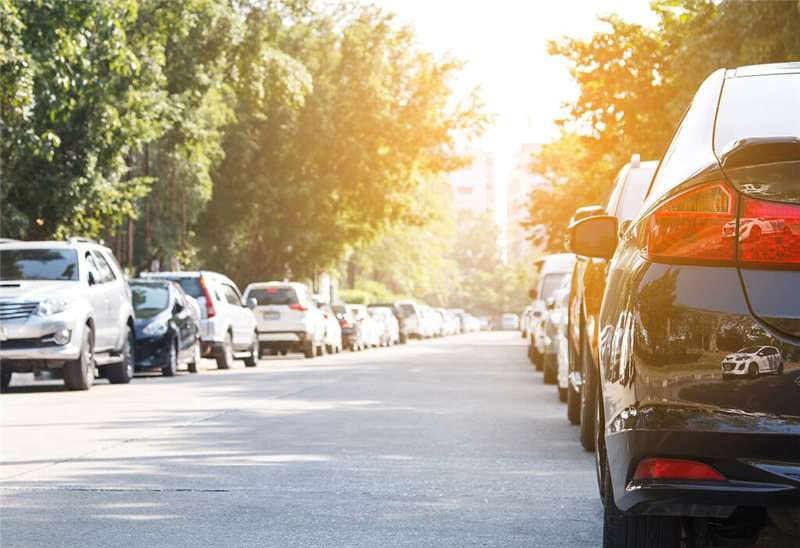Call Us Now
+8615914489090

French technology company Parkki is using lidar technology to make parking in stores easier, faster, and ultimately smarter.
Speculations about the impact of technology on our lives tend to focus on dramatic and exciting things, such as flying cars, space travel, humanoid robots, and laser guns. What it often conceals is the impact on more benign things. Artificial intelligence powers our Google search. Sensors that monitor our fresh produce in transit. Click-to-use payment system. Or UHF card for smart parking management, for this point.
Although science fiction predicts that we will all drive around in flying cars, the weird billionaire said that cars will carry us now, but we are still on the road, behind the steering wheel (other than that, even if it’s flying The car also needs parking place). Just like taxes, in-laws, and lost socks, navigating a parking lot to find a place to park is a common problem. This is why the seemingly unremarkable technological innovation behind Parkki is so exciting.
Parking is smarter
In short, the goal of this French technology company is to make parking smarter, easier, and more transparent. To this end, they use LiDAR sensors to monitor the availability of parking spaces and provide this information to customers through digital signage and customized mall mobile parking apps. The idea is that by removing the pressure of finding parking spaces, shopping malls and retail spaces can better meet customer needs and increase the likelihood of them coming back-in fact, by improving customer loyalty through a better parking experience.

However, it is not just customers who benefit from this information. It turns out that this humble parking lot is a rich source of information about consumer behavior and public space usage. By analyzing the flow of vehicles, the time occupied by the most parking spaces, and other similar data, mall management can better manage their infrastructure, logistics, and tenants, and plan for future development.
Sky Eye
Parkki uses various technologies to monitor parking lots, one of which is the LightWare SF30/C LiDAR sensor. The company has placed more than 100 such small power and cost-effective sensors on top of street lights in parking lots around Lille, France, each of which can scan a wide area covering up to 40 parking spaces.
LiDAR is the abbreviation of "light detection and ranging", and its function is to measure the time it takes for light to return to the sensor to build a map of its surroundings by pulsing lasers of different wavelengths in the world around it abnormally quickly. Since the device can generate light by itself, it is not affected by ambient light or weather changes.
In the past, lidar equipment was cumbersome and expensive, but advances in miniaturization and a sharp drop in prices—for example, as demonstrated by LightWare SF30/C—opened up a wide range of Internet of Things (IoT) applications for the technology. For example, a lidar scanner can analyze the size of vehicles moving on toll roads and charge fees accordingly. They can monitor the movement of pedestrians and vehicles at intersections to improve traffic management. They can activate street lights or increase intensity, and save electricity when there is indeed traffic there. More complex applications include building a 3D map of the city, showing the movement of pollution and sunlight, enabling better urban planning.
So far, Parkki's solutions have mainly focused on the retail sector, but they plan to expand it to airports and other large public spaces, bringing us one step closer to the city of the future.